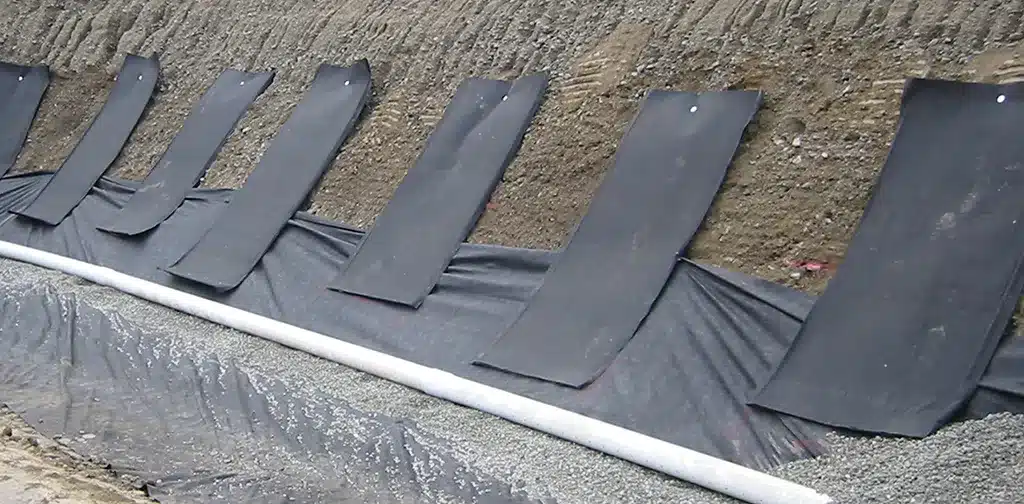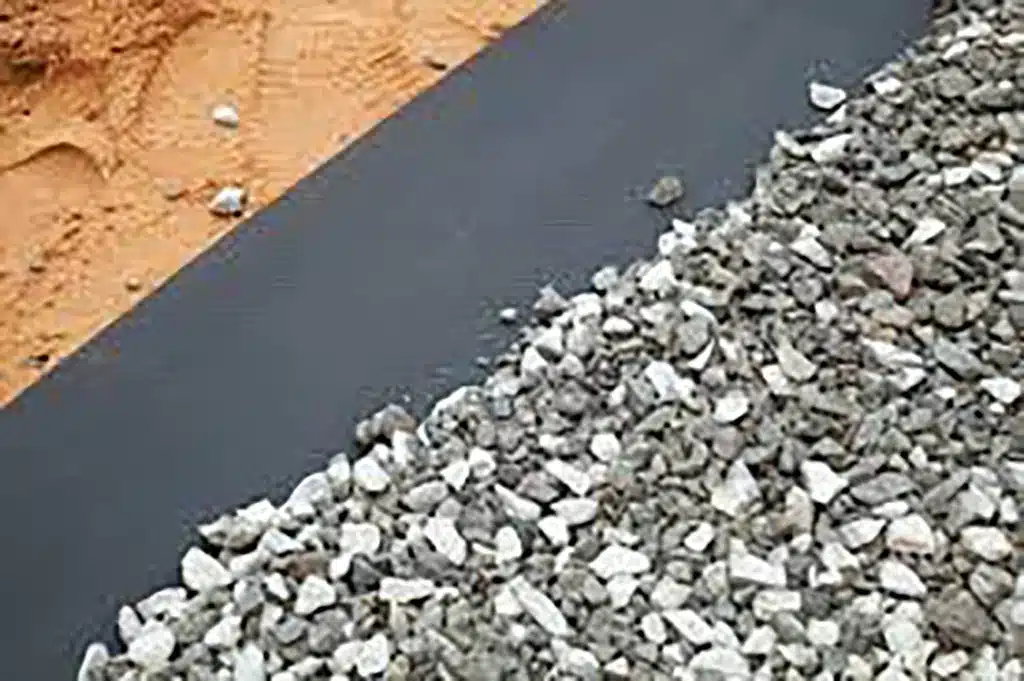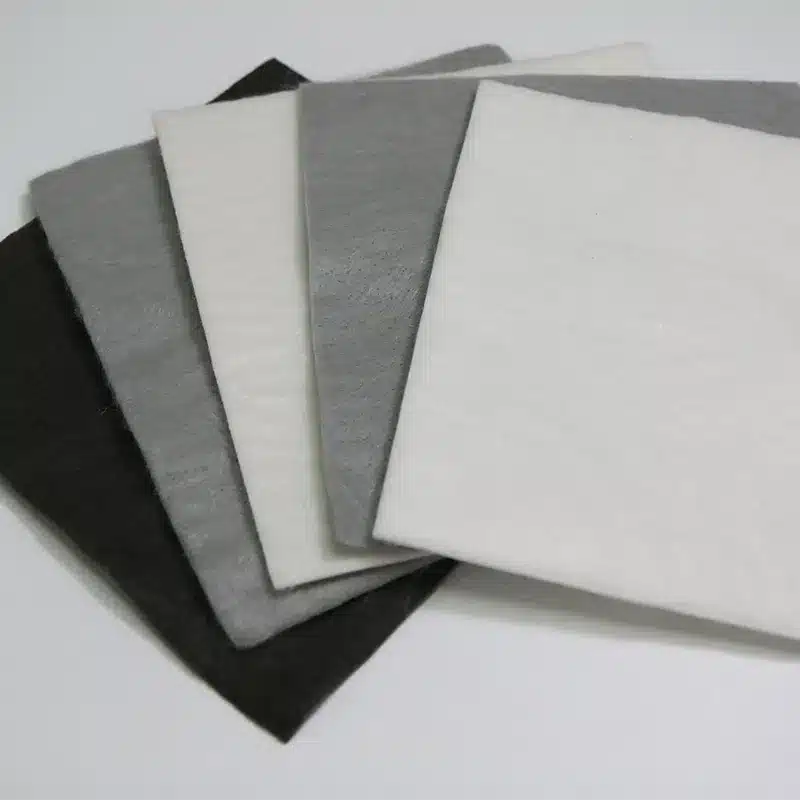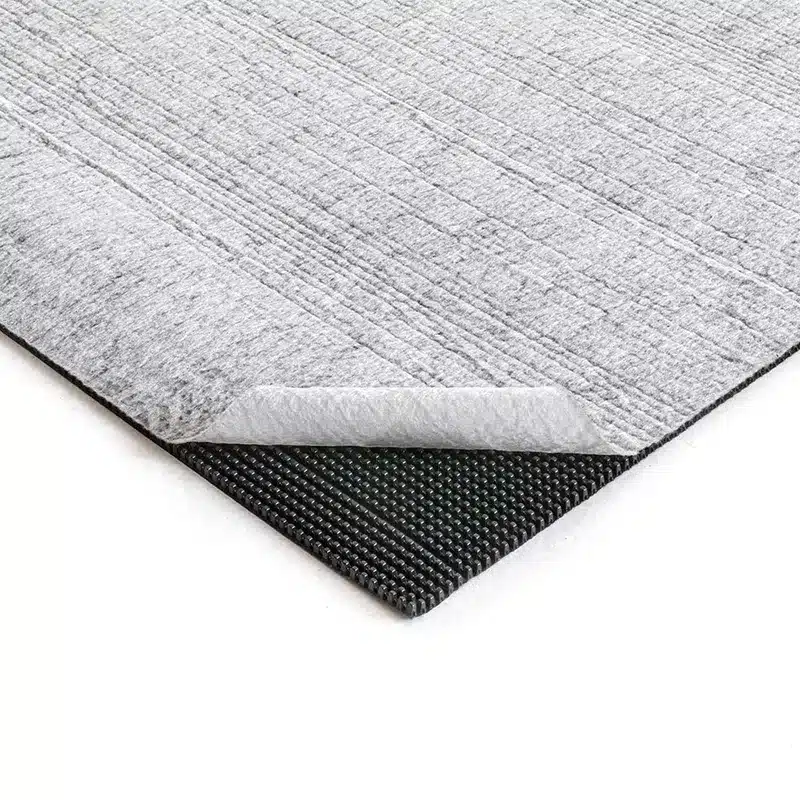+86-159 9860 6917
info@geofantex.com
geofantex@gmail.com
+86-400-8266163-44899
Geotextile materials have revolutionized the way we construct horse arenas, particularly in disciplines like dressage. This article explores the role of geotextile in dressage arenas, its benefits, and how it can improve the overall performance and well-being of horses. We’ll also address common questions surrounding geotextile horse arenas.
What is geotextile in the dressage arena?

In a dressage arena, geotextile refers to a synthetic fabric material mixed with sand to improve the footing for horses. It is commonly used in arena footing systems to enhance performance, safety, and durability.
Key Roles of Geotextile in a Dressage Arena:
- Improves traction and stability:Geotextile fibers interlock with the sand, helping to prevent shifting and creating a more stable, consistent surface for the horse.
- Enhances cushioning and shock absorption:This reduces strain on the horse’s joints and tendons, contributing to soundness and injury prevention.
- Maintains moisture better:Geotextiles help retain water in the footing, reducing dust and maintaining an ideal firmness.
- Reduces compaction:Pure sand can compact too tightly over time, but geotextile-blended footing stays more elastic and rideable.
- Longevity and consistency:With proper installation and maintenance, geotextile footing provides a long-lasting, even surface that supports high-performance training and competition.
How does geotextile enhance dressage arenas?
Geotextile enhances dressage arenas in several ways:
- Stability: It stabilizes the riding surface, reducing unevenness and the risk of injury to both horses and riders.
- Drainage: Geotextile materials facilitate efficient water drainage, preventing puddles and maintaining optimal footing.
- Durability: Geotextile improves the longevity of the arena surface, reducing the need for frequent repairs.
- Performance: It provides consistent footing, enhancing a horse’s balance, confidence, and overall performance during dressage training and competition.
Is geotextile suitable for all types of equestrian arenas?
Yes, geotextile can be used in different types of equestrian arenas, but its suitability depends on the discipline and intended use of the arena.
- Dressage Arenas – Geotextile is highly effective, as it provides stability, cushioning, and consistent footing, which are essential for precision movements.
- Jumping Arenas – It can improve traction and shock absorption, reducing the risk of injury during landings. However, the ratio of sand to geotextile must be carefully balanced to avoid a surface that is too soft.
- Western or Multi-Use Arenas – Geotextile can enhance performance, but the footing blend should be adjusted to support sliding stops, spins, or mixed equestrian activities.
- Outdoor Arenas – It works well when combined with proper drainage systems, ensuring the surface remains stable and rideable even in wet conditions.
While geotextile is versatile, each arena requires a tailored blend and professional installation to achieve the best results for safety, durability, and horse performance.

Geotextile in Dressage Arenas: Benefits, Performance & Maintenance
Geotextile materials are essential in dressage arenas, providing stability, cushioning, and consistent footing for horses. Key points include:
- Purpose: Geotextile fibers mix with sand to create a stable, elastic surface that reduces compaction and enhances rideability.
- Traction & Stability: Interlocking fibers prevent shifting, giving horses a consistent surface for precise movements.
- Cushioning & Shock Absorption: Reduces strain on joints and tendons, promoting horse soundness and injury prevention.
- Moisture Management: Retains water to minimize dust and maintain ideal footing firmness.
- Drainage & Durability: Ensures efficient water flow, prevents puddles, and extends arena lifespan.
- Arena Suitability: Effective for dressage, jumping, western, and multi-use arenas, with surface blends tailored to the discipline.
- Maintenance Tips: Regular inspections, grooming, moisture control, and periodic footing replenishment help sustain optimal performance and safety.
Proper installation and maintenance of geotextile horse arenas improve horse performance, rider confidence, and long-term arena durability, making them an invaluable investment for equestrian facilities.
In conclusion, geotextile materials play a significant role in enhancing the quality and safety of dressage arenas. When properly installed and maintained, geotextile horse arena surfaces can create an ideal environment for horses and riders, improving performance and overall equestrian experiences.



Get Free Sample
We’ll respond as soon as possible(within 12 hours)






















